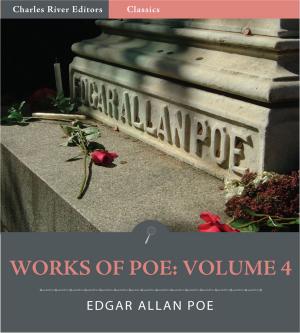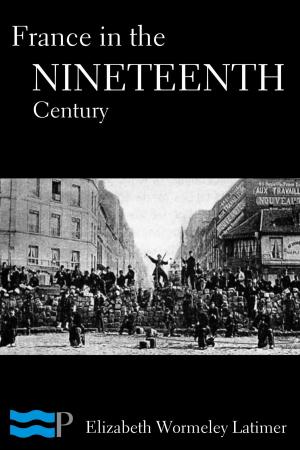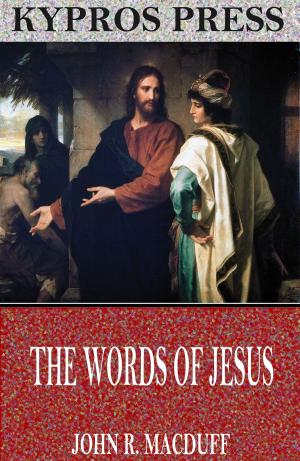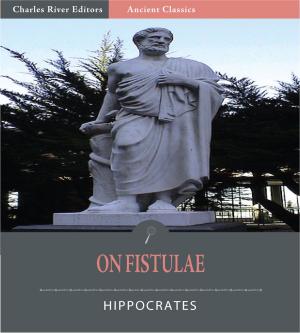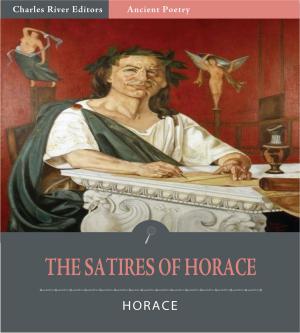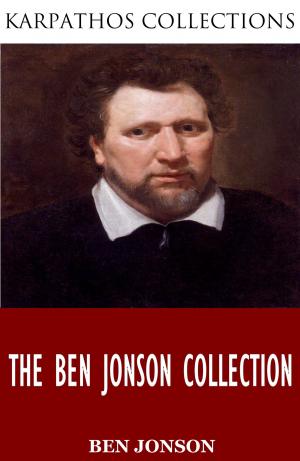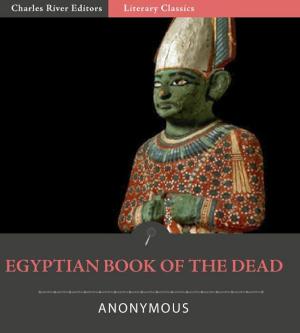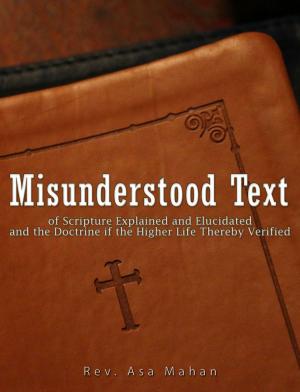Apologia Against Those Who Decry Holy Images
Nonfiction, Religion & Spirituality, Christianity, Church, Orthodox Churches| Author: | St. John Damascene | ISBN: | 9781619824218 |
| Publisher: | Charles River Editors | Publication: | February 17, 2012 |
| Imprint: | Language: | English |
| Author: | St. John Damascene |
| ISBN: | 9781619824218 |
| Publisher: | Charles River Editors |
| Publication: | February 17, 2012 |
| Imprint: | |
| Language: | English |
Saint John of Damascus, also known as St. John Damascene (c. 676 4 December 749) was a Syrian Christian monk and priest. A polymath whose fields of interest and contribution included law, theology, philosophy, and music, before being ordained, he served as a Chief Administrator for the Islamic caliphate in Damascus, wrote works expounding the Christian faith, and composed hymns which are still in everyday use in Eastern Christian monasteries throughout the world. The Catholic Church regards him as a Doctor of the Church, often referred to as the Doctor of the Assumption due to his writings on the Assumption of Mary. In the early 8th century AD, iconoclasm, a movement seeking to prohibit the veneration of the icons, gained some acceptance in the Byzantine empire. In 726, over the protests of the Patriarch of Constantinople, Emperor Leo III issued his first edict against the veneration of images and their exhibition in public places. A talented writer in the secure surroundings of the caliph's court, St. John Damascene initiated a defense of holy images in three separate publications. "Apologetic Treatises against those Decrying the Holy Images," the earliest of these works gained him a reputation. Not only did he attack the emperor, but the use of a simpler literary style brought the controversy to the common people, inciting revolt among those of Christian faith. His writings later played an important role during the Second Council of Nicaea which met to settle the icon dispute. This edition of Apologia Against Those Who Decry Holy Images is specially formatted with a Table of Contents.
Saint John of Damascus, also known as St. John Damascene (c. 676 4 December 749) was a Syrian Christian monk and priest. A polymath whose fields of interest and contribution included law, theology, philosophy, and music, before being ordained, he served as a Chief Administrator for the Islamic caliphate in Damascus, wrote works expounding the Christian faith, and composed hymns which are still in everyday use in Eastern Christian monasteries throughout the world. The Catholic Church regards him as a Doctor of the Church, often referred to as the Doctor of the Assumption due to his writings on the Assumption of Mary. In the early 8th century AD, iconoclasm, a movement seeking to prohibit the veneration of the icons, gained some acceptance in the Byzantine empire. In 726, over the protests of the Patriarch of Constantinople, Emperor Leo III issued his first edict against the veneration of images and their exhibition in public places. A talented writer in the secure surroundings of the caliph's court, St. John Damascene initiated a defense of holy images in three separate publications. "Apologetic Treatises against those Decrying the Holy Images," the earliest of these works gained him a reputation. Not only did he attack the emperor, but the use of a simpler literary style brought the controversy to the common people, inciting revolt among those of Christian faith. His writings later played an important role during the Second Council of Nicaea which met to settle the icon dispute. This edition of Apologia Against Those Who Decry Holy Images is specially formatted with a Table of Contents.


